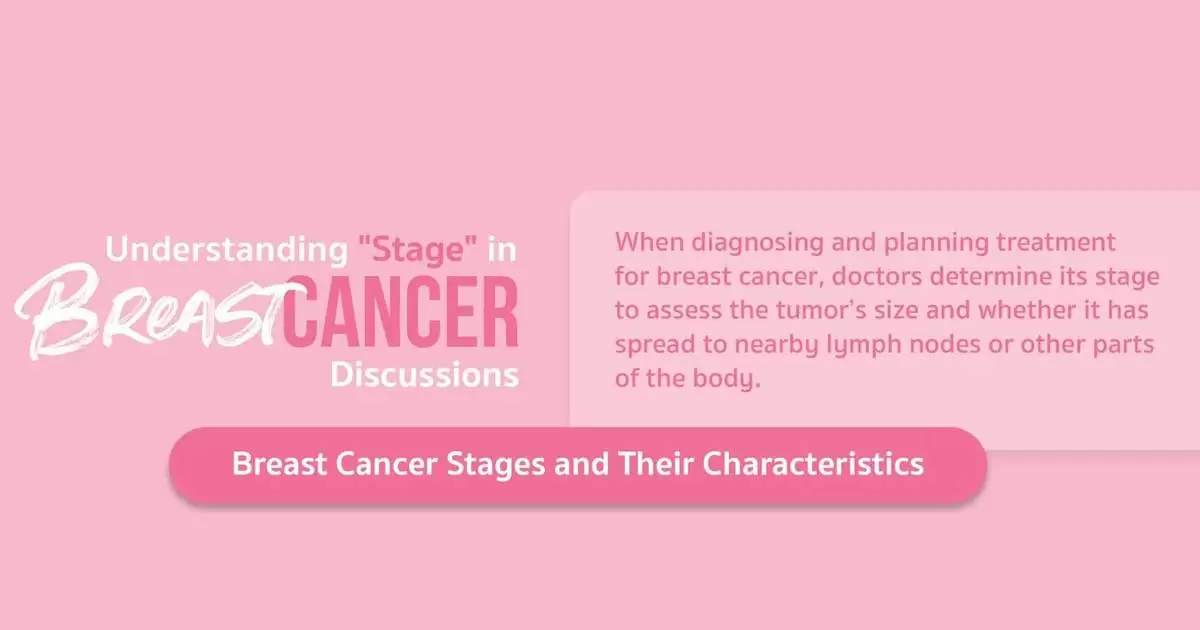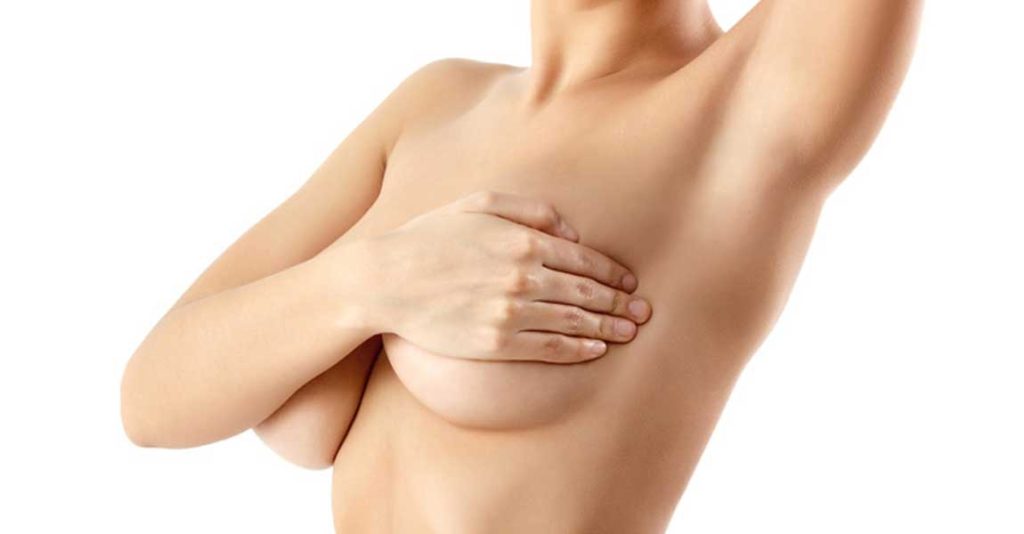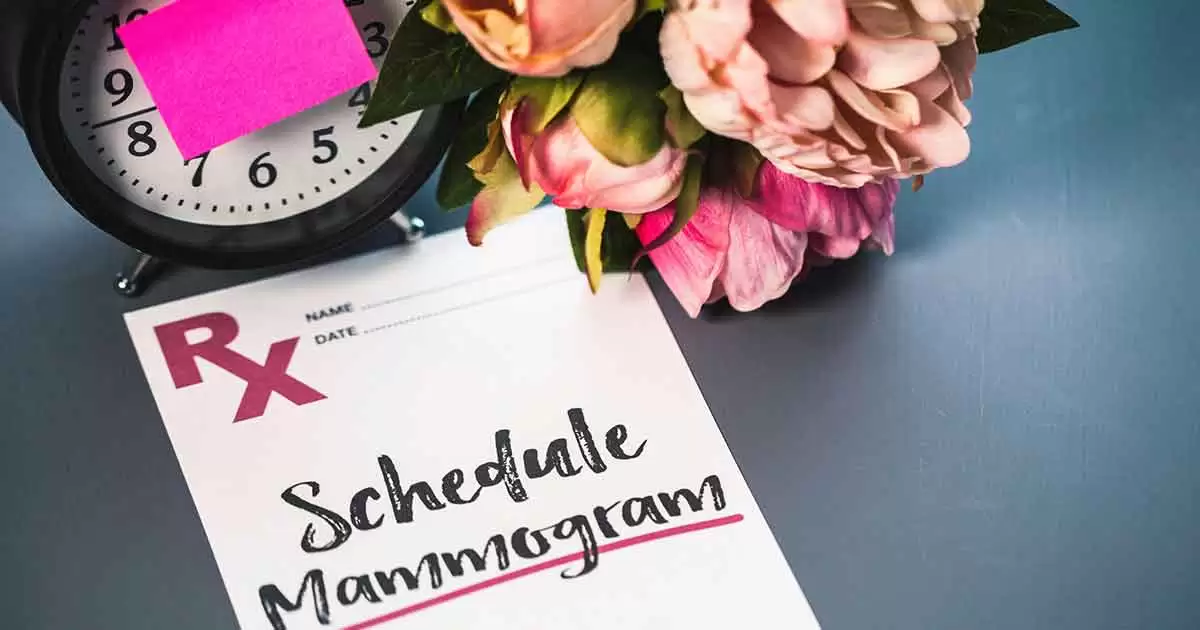
Breast Self-examination
Home > Health Info > Health Articles

Breast Cancer is the most common cancer in women. Staging of the condition is a significant factor in the treatment as ‘the earlier the condition is found the more chance of cancer recover and treatment’.
Breast Cancer examination at the early stage
- Breast self-exam at least once a month starting at the age of 20.
- Clinical breast examination every 3 years starting from the age of 20, women over 40 recommend screening every year.
- Having Mammogram or Ultrasound once between the ages of 35-40, and every 1-2 years after the age of 40.
- If there is a history of breast cancer or ovarian cancer in immediate family request an earlier screening. Your age of requesting screening will be at the age at which your relative’s age was at the first diagnosis of breast cancer minus 5 years.
- A Magnetic Resonance Imaging (MRI) should be requested for patients with high risk of breast cancer. MRI finds cancer more precisely than Mammogram. Having MRI screening is following specialist consideration.
Breast Self-exam
The examination takes only a few minutes. Regular examination is worthwhile.- Doing monthly breast self-exam.
- Do breast self-exam 7-10 days after the start of your menstrual period.
- Examining on the same day of menstrual periodic cycle when you are at menopause age.
Self-examination
- Stand in front of the mirror examining your breasts and checking if they misshaped, discolored, any difference beyween nipples. Compare the screening with the previous examination.
- Then raise your arms examining your breasts again, slowly turn around to examine from the side.
- Put your hands over your hips, bend forward to examine if there is any difference.
- Compress or squeeze nipple to look for any unusual nipple discharge; blood, pus or clear fluid expressed.
- Starting from collarbone downward, use the left hand to feel the right breast using index finger, middle finger and ring finger padding on skin slowly and start pressing harder until feeling the ribs. Feel around breast is recommended. There are many ways to do this such as start from the nipples spiraling to base of breast or start from the base of breast to ribs. Moving three fingers up and down. The important thing is to feel from the base to underarm, repeat for another side.
- Once finishing examining with a standing position, turn to a lying position. Use a pillow to support under the shoulder, the one that will be first to examine. Perform the same way as with a standing position.
Early Signs of possible breast cancer
- A lump in the breast.
- Any changes in the breast, stretch marks, swelling, redness or temperature of the breast.
- Notice the skin pore enlargement or like orange peel
- Indentation of skin or blanching
- Skin nodules
- Breast pain more than usual
- Itchy, rashness especially around the nipple and its base
- Inverted nipple
- Nipple misdirection
- Any blood or fluid expressed from nipple
- Chronic lesion on the breast
‘If you have found any changes, see a doctor at your earliest convenience’
Share :




